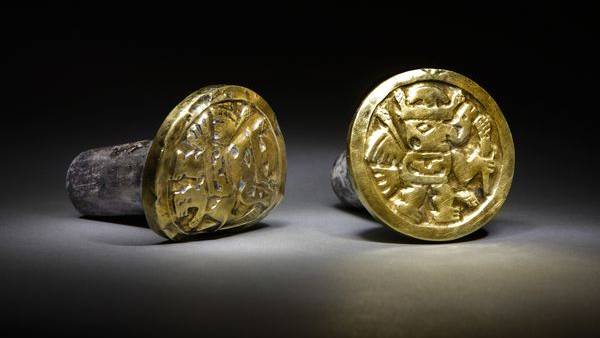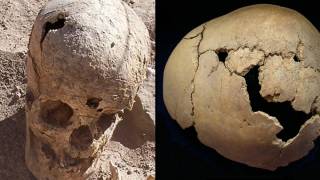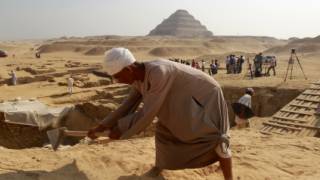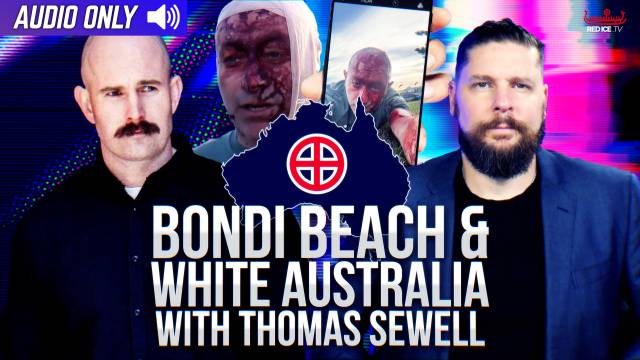First Unlooted Royal Tomb of Its Kind Unearthed in Peru
Source: news.nationalgeographic.com
Three queens were buried with golden treasures, human sacrifices.It was a stunning discovery: the first unlooted imperial tomb of the Wari, the ancient civilization that built South America’s earliest empire between 700 and 1000 A.D. Yet it wasn’t happiness that Milosz Giersz felt when he first glimpsed gold in the dim recesses of the burial chamber in northern Peru.
Giersz, an archaeologist at the University of Warsaw in Poland, realized at once that if word leaked out that his Polish-Peruvian team had discovered a 1,200-year-old "temple of the dead" filled with precious gold and silver artifacts, looters would descend on the site in droves. "I had a nightmare about the possibility," says Giersz.
So Giersz and project co-director Roberto Pimentel Nita kept their discovery secret. Digging quietly for months in one of the burial chambers, the archaeologists collected more than a thousand artifacts, including sophisticated gold and silver jewelry, bronze axes, and gold tools, along with the bodies of three Wari queens and 60 other individuals, some of whom were probably human sacrifices.
Peru’s Minister of Culture and other dignitaries will officially announce the discovery today at a press conference at the site. Krzysztof Makowski Hanula, an archaeologist at the Pontifical Catholic University of Peru in Lima and the project’s scientific adviser, said the newly unearthed temple of the dead "is like a pantheon, like a mausoleum of all the Wari nobility in the region."

Images of winged, supernatural beings adorn a pair of heavy gold-and-silver ear ornaments that one high-ranking Wari woman wore to her grave in the imperial tomb at El Castillo de Huarmey. In all, the archaeological team found the remains of 63 individuals, including three Wari queens.
Overlooked Empire
The Wari lords have long been overshadowed by the later Inca, whose achievements were extensively documented by their Spanish conquerors. But in the 8th and 9th centuries A.D., the Wari built an empire that spanned much of present-day Peru. Their Andean capital, Huari, became one of the world’s great cities. At its zenith, Huari boasted a population conservatively estimated at about 40,000 people. Paris, by comparison, had just 25,000 residents at the time.
Just how the Wari forged this empire, whether by conquest or persuasion, is a long-standing archaeological mystery. The sheer sophistication of Wari artwork has long attracted looters, who have ransacked the remains of imperial palaces and shrines. Unable to stop the destruction of vital archaeological information, researchers were left with many more questions than answers.
[...]
Read the full article at: nationalgeographic.com
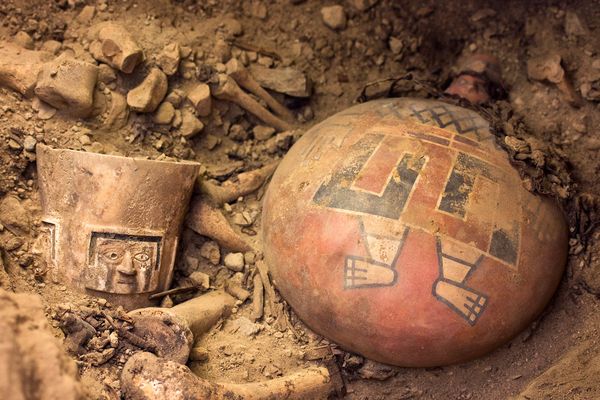
As archaeologists dug in one side chamber, they unearthed the remains of a Wari queen and several regal offerings, including a brilliantly painted ceramic flask (right) and an alabaster drinking cup (left).
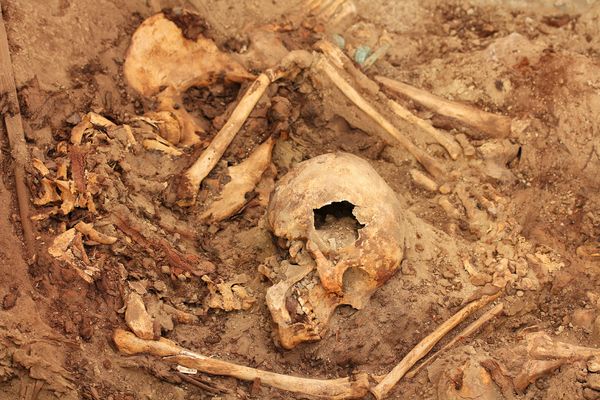
Protected from looters by an upper layer consisting of 30 tons of loose stone, the remains of this Wari queen lay exactly where Wari mourners left her some 1,200 years ago.
